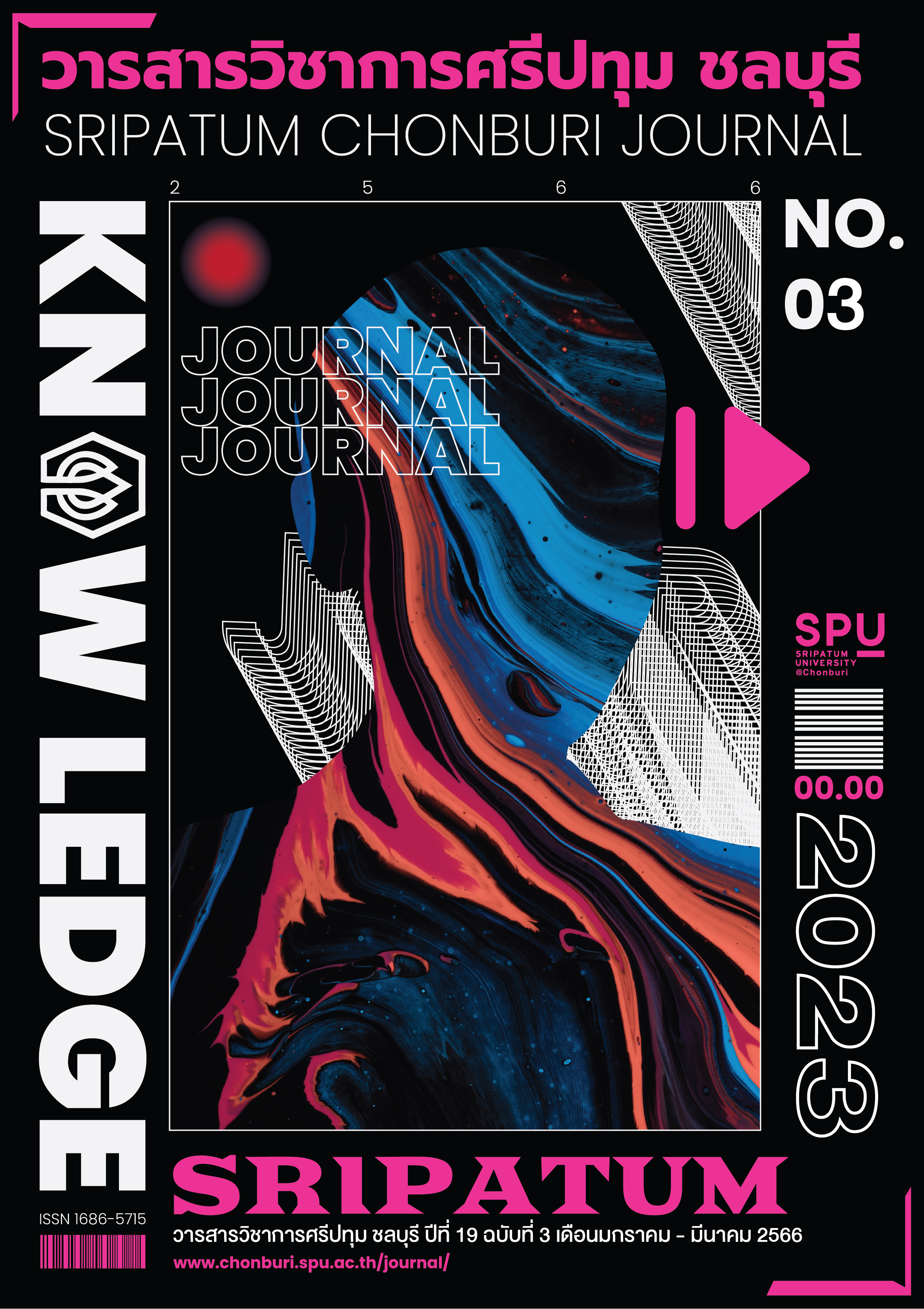A DEVELOPMENT OF MONITORING AND ASSESSING SYSTEM OF MANPOWER IMPROVEMENT IN EDUCATIONAL AND INDUSTRIAL SECTORS
Keywords:
Monitoring Assessment System, Potential Development, Educational and Industrial SectorsAbstract
This research used research and development methodologies. The purpose of the study was to develop tools, indicators, and criteria, and to test and present the information of the monitoring and evaluation system for human resource development in the educational and industrial sectors. The samples, selected by simple random sampling, were 517 teachers, administrators, and students in vocational institutes who were participating in the development of workforce potential in 5 targeted areas: Pathum Thani, Nakhon Nayok, Prachin Buri, Sa Kaeo, Chachoengsao, and others. The data were collected online using a questionnaire with an IOC between .80 - 1 and a Cronbach's coefficient between .95 - .97 and was analyzed with descriptive statistics, including frequency, percentage, mean and standard deviation. The results were as follows: 1. Indicators for monitoring and evaluating the development of human resources in the education and industrial sectors consisted of 3 aspects and five indicators: (1) Input Factors: one indicator, (2) Process: one indicator, and (3) Outcomes, three indicators. 2. Regarding the information on the monitoring and evaluation system for workforce development in the educational and industrial sectors, it was found that (1) the input factor and process by teachers and administrators had overall consensus at a high level and (2) outcomes by teachers and administrators had a consensus before and after participating in the development of workforce potential in that the teachers' potential in knowledge, skills, and characteristics were at a medium to the highest level. The learners, who learned from teachers participating in human resource development had a concensus at a high level in all three aspects.
References
บุญชม ศรีสะอาด. (2560). การวิจัยเบื้องต้น (พิมพ์ครั้งที่ 10). กรุงเทพฯ: สุวีริยาสาส์น.
พิชิต ฤทธิ์จรูญ. (2555). เทคนิคการประเมินโครงการ. กรุงเทพฯ: เฮ้าส์ ออฟ เคอร์มิสท์.
รัตนะ บัวสนธ์. (2556). รูปแบบการประเมิน CIPP และ CIPPIEST มโนทัศน์ที่คลาดเคลื่อนและถูกต้องในการใช้. วารสารศิลปากร
ศึกษาศาสตร์วิจัย, 5(2), หน้า 7-24.
สมพิศ สุขแสน. (2547). การประเมินผลโครงการ. อุตรดิตถ์: มหาวิทยาลัยราชภัฏอุตรดิตถ์.
สำนักงานคณะกรรมการพัฒนาการเศรษฐกิจและสังคมแห่งชาติ. (2559). แผนพัฒนาเศรษฐกิจและสังคมแห่งชาติ ฉบับที่ 12
(พ.ศ.2560-2564) (ออนไลน์). เข้าถึงได้จาก: https://www.nesdc.go.th/ewt_dl_link.php?nid=6422 [2564, 30 ตุลาคม].
สำนักงานปลัดกระทรวงอุตสาหกรรม. (2559). แผนยุทธศาสตร์กระทรวงอุตสาหกรรม พ.ศ.2560-2564 (ออนไลน์). เข้าถึงได้จาก:
https://psd.industry.go.th/th/cms-of-412/download? did=78660&filename=%E0%B9%80%E0%B8%A5%E0%B9%88%E0%B8%A1%E0%B9%81%E0%B8%9C%E0%B8%99%E0%B8%A2%E0%B8%B8%E0%B8%97%E0%B8%98%E0%B8%A8%E0%B8%B2%E0%B8%AA%E0%B8%95%E0%B8%A3%E0%B9%8C+%E0%B8%AD%E0%B8%81.60-64.pdf&mid=15603&mkey=m_document&lang=th&url=%2Fweb-upload%2Fmigrated%2Ffiles%2F2016_psd%2Fdocument_download_31ffdde6-9df5-441d-b72c-8d17de5fa808_4_article_file.pdf [2564, 30 ตุลาคม].
Stufflebeam, D. L. (2000). The CIPP model for evaluation. Evaluation models: Viewpoints on educational and human
services evaluation, pp. 279-317.
Downloads
Published
Issue
Section
License
Copyright (c) 2023 วารสารวิชาการศรีปทุม ชลบุรี Sripatum Chonburi Journal

This work is licensed under a Creative Commons Attribution-NonCommercial-NoDerivatives 4.0 International License.
บทความทุกบทความเป็นลิขสิทธิ์ของวารสารวิชาการศรีปทุม ชลบุรี



